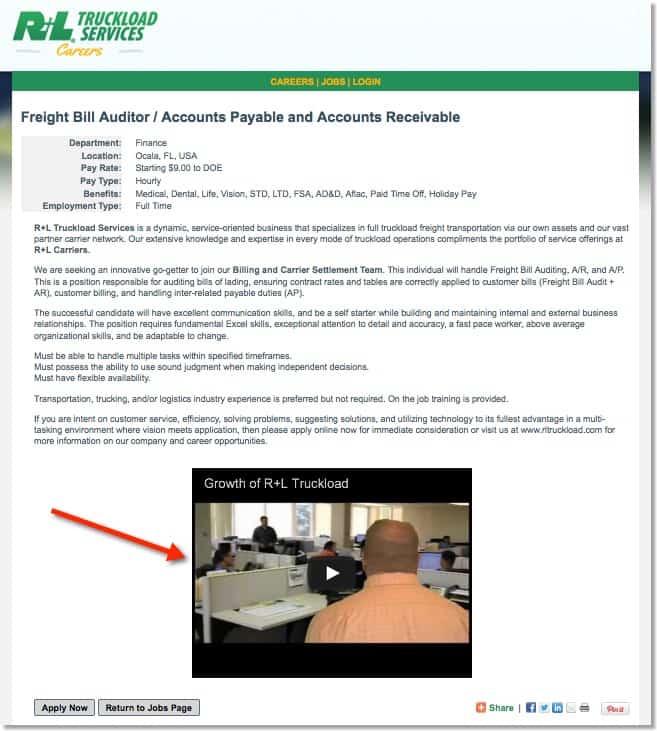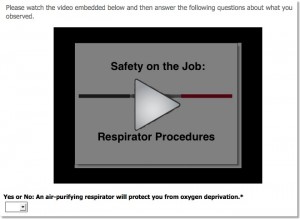Skills Gap Highlights Need for Hiring Software in Manufacturing Industry
If you are in the manufacturing industry then you’ve likely had to make some critical changes to your applicant selection process over the past few years. As a whole, the industry has been surviving rather than thriving, with a skills gap caused by fewer new graduates in technical fields available to meet the needs of positions requiring technical skills. And we all know that technology isn’t going away when it comes to most anything in life…particularly in the manufacturing and production of goods.
Given these existing challenges in the hiring process for manufacturers, its even more important to hire individuals with the right behavioral traits, cognitive abilities and job skills to ensure job fit across your organization. Tools such as applicant tracking systems and pre-employment testing solutions can help to overcome these challenges while also freeing up the time that your human resources department spends on processing paperwork.
Use Tools of the Hiring Trade: Applicant Tracking Software & Employee Assessments
Applicant Tracking Software
Effective applicant tracking software will enable the following activities…
- Automating the more basic aspects of the candidate screening process:
- facilitating external job board posting;
- hosting paperless employment application;
- automatically scoring and/or flagging candidates based on answers to certain critical job requirement-related questions); and,
- Moving candidates through the hiring process and reporting on results:
- allowing easy disposition of applicants’ status in the process;
- and, robust reporting tools to examine source traffic, time to fill, applicant flow logs, etc.
Employee Assessments
Employee assessments and job skills tests are great solutions for applying a purely objective component to the selection process. However, they should only be used as a complement to the process rather than as the hard and fast rule on whether applicants are considered. In fact, no
cognitive/behavioral assessment tool should account for more than about 25-30% of your hiring decision. Nonetheless, when used properly, these assessments empower hiring managers to sneak a peak at how an individual may be hard-wired in terms of his/her behavior and motivation, as well as assess his/her skills set and cognitive abilities. That’s critical information going into different stages of the interviewing process…as any potential flags or areas of interest can be explored through further questioning.
Build a Qualified Applicant Channel
Of course acquiring the tools to maximize the reach and impact of your hiring process is only part of the equation. You still need to attract top talent and engage them by maintaining a positive employment brand. A great way to reach passive applicants is by utilizing social networks. The right ATS can automate the process of posting new jobs as status updates on your company’s various social media pages. Here are some other suggestions for engaging applicants and honing your recruitment brand:
- Be responsive to candidates: Above all, be accountable to what you say you are going to do in terms of getting back with people…i.e. under promise and over deliver.
- Make your branded careers page a destination: Don’t just feature a list of jobs on your portal, include other pages with information about company culture, benefits, frequently asked questions about the hiring process, etc.
- Incorporate video into your application process: For manufacturers, safety concerns are paramount. Weed out less than serious applicants by embedding a required safety video/quiz into your application process. Then, ask questions on the application that only someone who viewed the video would be able to answer. This will reduce the number of applicants you receive who aren’t serious about your organization.
- Take advantage of reporting and analytics information: Identify which of your external ad sources refers the most candidates who actually end up being hired. This exercise helps you to better plan future expenditures of both your time and money to maximize the return on your recruiting budget investment.
This active just-in-time candidate pipeline you’ve now created requires your attention to ensure it’s useful the next time you’re trying to fill positions for your organization. Regularly create and share content that is relevant to your various subsets of applicant groups. Examples of content might include recent news at your company, compensation trends for your industry, recent awards earned by employees or departments and potential hiring plans.
Being attentive to how the evolving manufacturing landscape requires your business to fine tune its recruiting and onboarding efforts will pay dividends in the long run – it is quality assurance for your future placement and succession planning activities.
For more tips on how to improve your recruitment and onboarding processes, please contact ExactHire today or visit our Resources Section.

 This may be the most obvious and already widely used idea; however, it just might be one of the most effective for engaging your site visitors to stay on your pages longer. A wide variety of subject areas can be covered on the branded careers portal available through your
This may be the most obvious and already widely used idea; however, it just might be one of the most effective for engaging your site visitors to stay on your pages longer. A wide variety of subject areas can be covered on the branded careers portal available through your 
 If certain positions available in your organization require heeding important safety procedures or following certain protocols, then consider the benefits associated with embedding a video for applicants to watch during their employment application submission. This can be a powerful way of better qualifying your applicants for a position that normally attracts a high volume of application submissions – especially if many of the submissions have traditionally been from people who aren’t qualified or truly engaged in the role.
If certain positions available in your organization require heeding important safety procedures or following certain protocols, then consider the benefits associated with embedding a video for applicants to watch during their employment application submission. This can be a powerful way of better qualifying your applicants for a position that normally attracts a high volume of application submissions – especially if many of the submissions have traditionally been from people who aren’t qualified or truly engaged in the role.